Imagine stepping beyond classroom walls into a world where textbooks breathe, theories come alive, and students’ eyes light up with genuine curiosity.
Educational field trips aren’t just fun breaks from routine—they’re powerful learning catalysts that transform abstract concepts into tangible experiences.
In an era where engagement battles with distraction, these immersive trips offer what every educator craves: authentic learning moments that stick.
Whether exploring museums that whisper history’s secrets, nature centers that reveal science in action, or community organizations that demonstrate civic principles, field trips create neural pathways that no worksheet ever could.
Ready to supercharge your curriculum with experiences your students will still talk about at graduation?
What Makes a Great Educational Field Trip?
Think back to your school days. Which memories stand out most? For many of us, it’s not the classroom lessons but those special days when learning came alive during field trips!
1. Magic Beyond the Classroom Walls
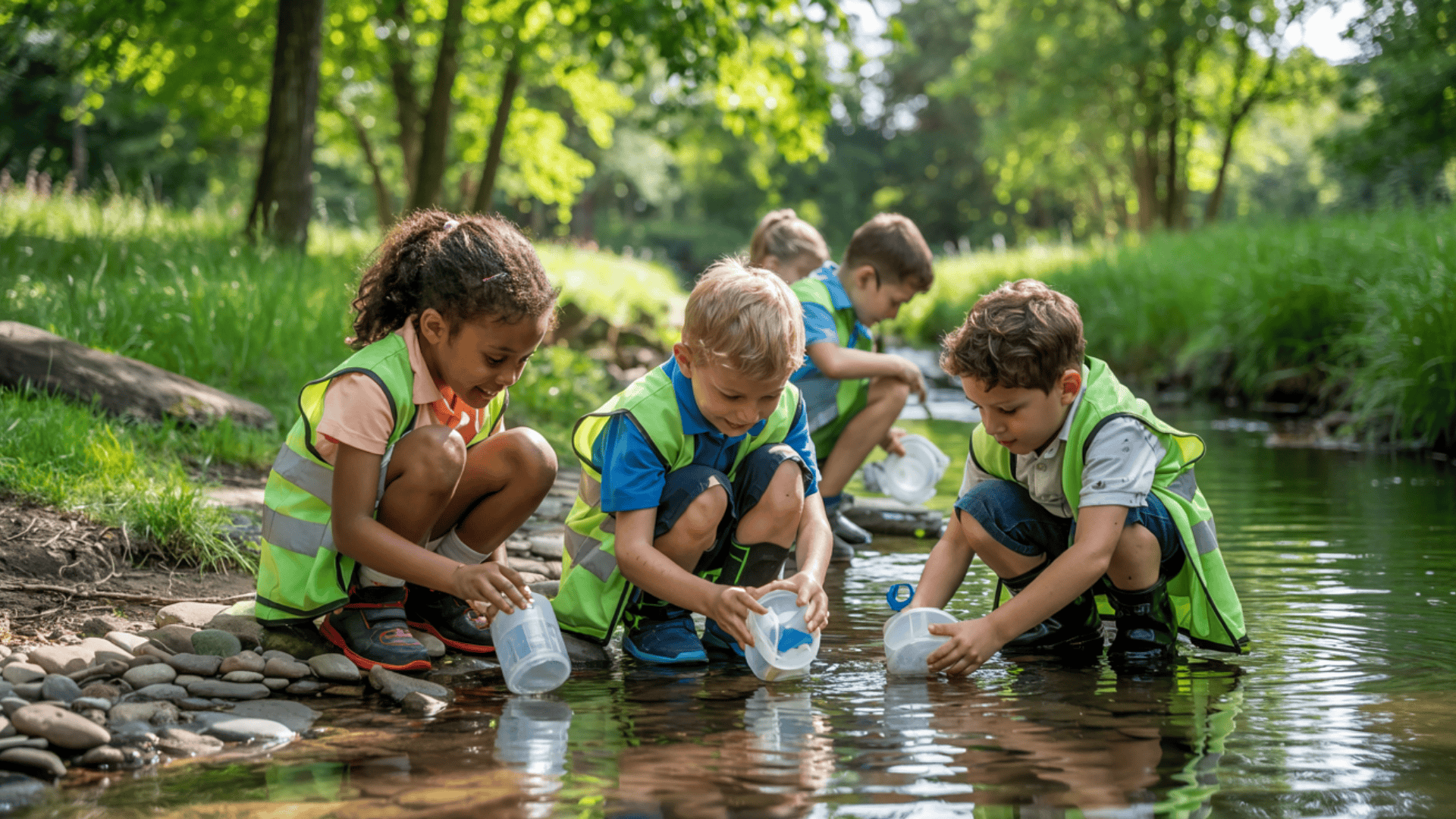
When fourth-graders visit a local stream to collect water samples after studying ecosystems, their eyes widen seeing tiny organisms under portable microscopes. This hands-on magic creates connections, textbooks simply can’t match.
Students who touch ancient artifacts at a history museum or watch chemical reactions at a science center aren’t just seeing knowledge—they’re feeling it. This sensory experience makes learning stick in ways traditional teaching can’t replicate.
2. Setting Up for Success
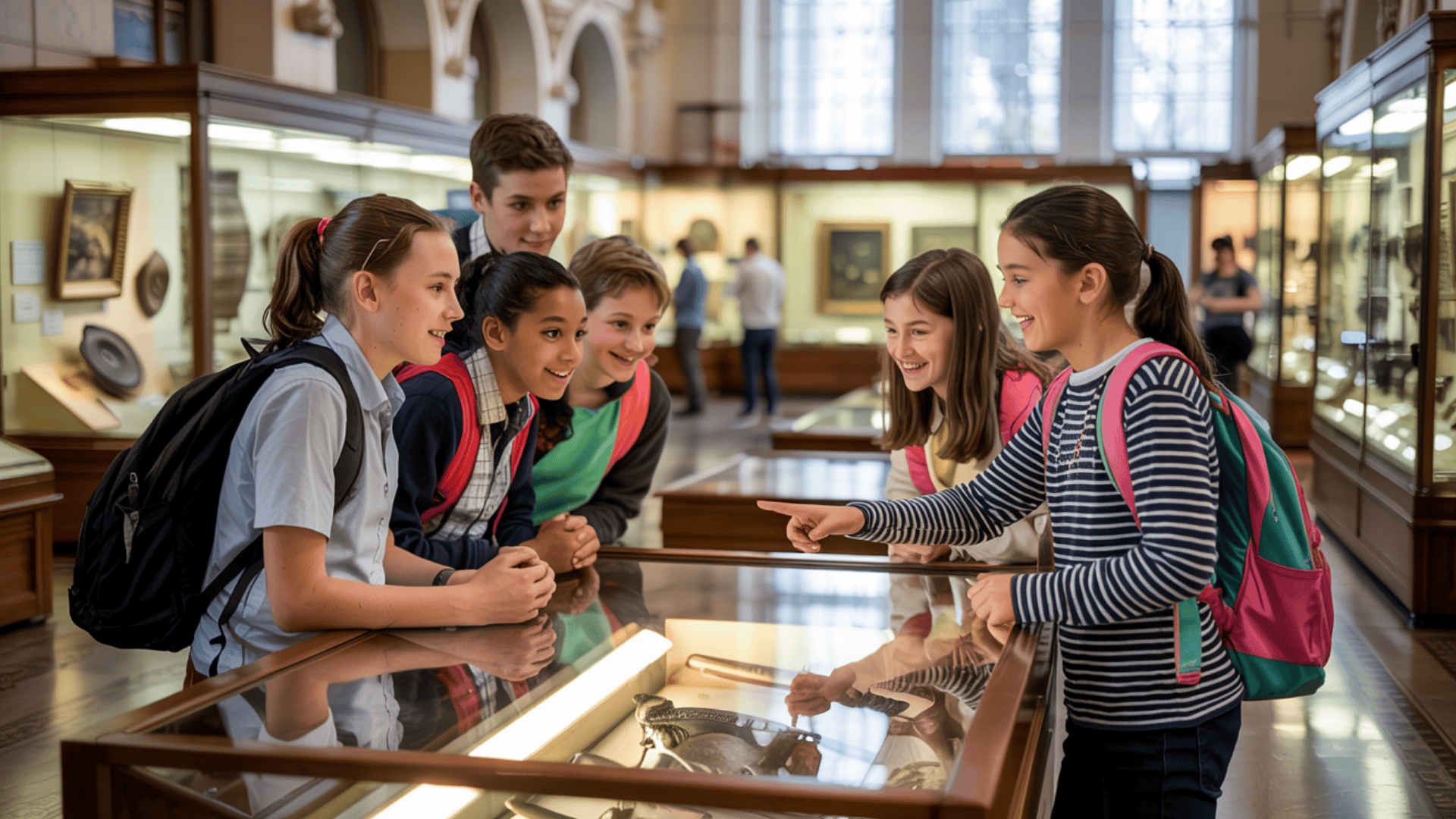
“Before our museum trip, I give each student a different ‘detective card’ with something specific to find,” shares Ms. Johnson, a middle school teacher. “The quiet kids become just as excited as the outgoing ones when they spot their item!”
The best field trips balance structure with freedom. When visiting a nature center, give students 10 minutes to sketch whatever catches their eye and then gather to share discoveries. This mix of guided and independent learning keeps everyone engaged.
3. Turning Visits into Lasting Lessons
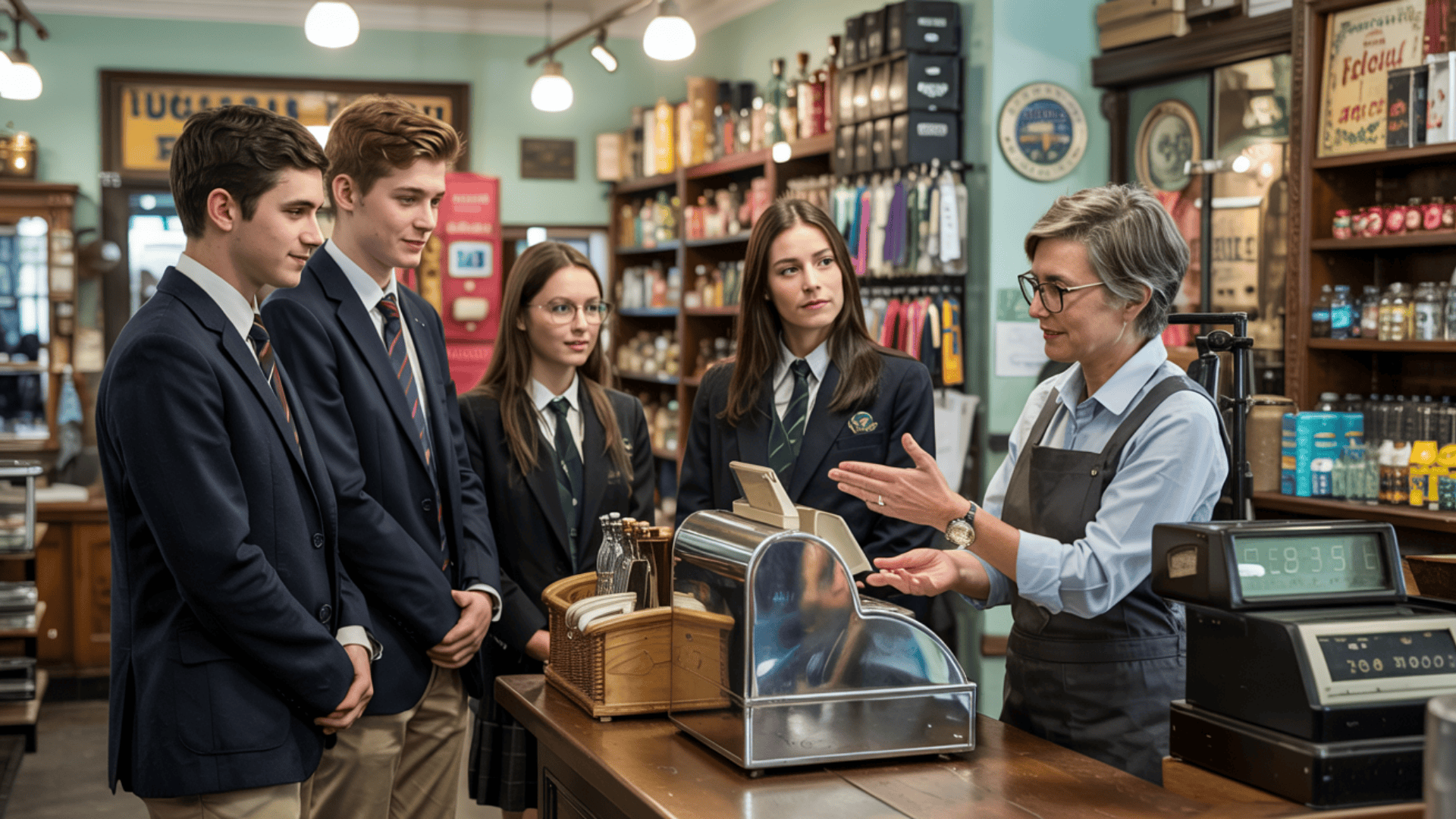
High schoolers who interviewed local business owners during an economics field trip referred back to those conversations months later during their final projects.
Smart teachers bring the field trip back to the classroom through follow-up projects. Creating thank-you cards for tour guides, building models of what they saw, or solving problems based on their observations helps cement the learning experience.
Top Field Trip Categories That Inspire and Educate
Not all field trips are created equal! The right destination can turn an ordinary school day into an unforgettable learning adventure. Here’s a roundup of field trip spots that both teachers and students rave about—places where education feels nothing like school.
1. Museums: Where Curiosity Runs Wild
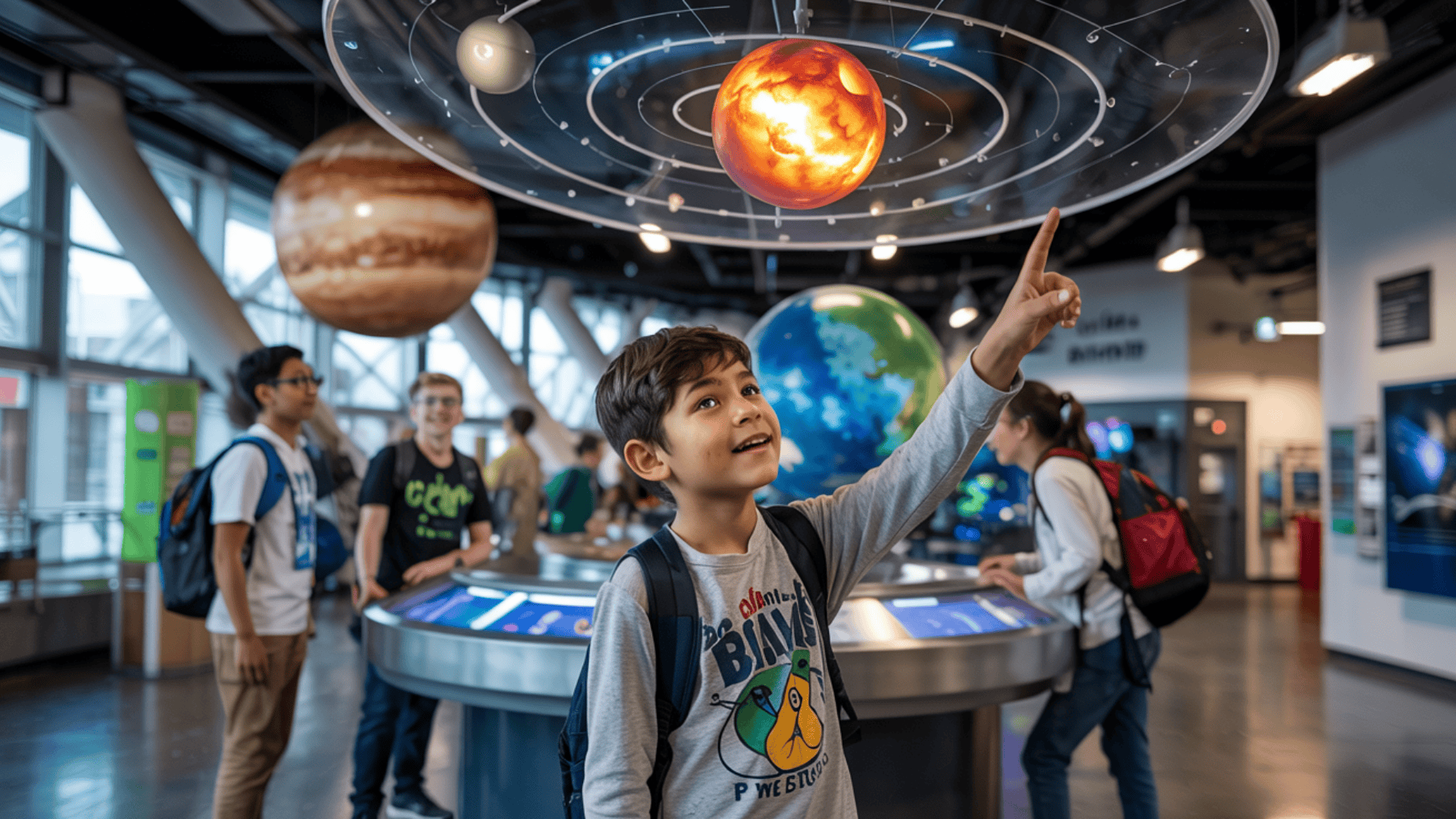
Picture this: A group of third-graders stands mesmerized as a dinosaur skeleton towers above them at the natural history museum. “It’s SO much bigger than in our books!” one whispers.
The best museums offer interactive exhibits where kids can:
- Pull levers to see how simple machines work
- Touch real moon rocks at science centers
- Create their own masterpieces after viewing famous artwork
At the Tech Museum in San Jose, students design and test their own roller coasters using physics principles they learned in class. Suddenly, those formulas matter!
2. Nature and Wildlife: Living Classrooms

“I never knew frogs had such important jobs!” exclaimed Mia after her class visit to a wetland conservation area.
Botanical gardens become biology textbooks come to life when students:
- Hunt for examples of photosynthesis in action
- Compare plant adaptations across different habitats
- Collect data on insect visitors to various flowers
Many aquariums now offer behind-the-scenes tours where students help feed animals or test water quality—turning passive visitors into active scientists.
3. Historic and Patriotic Sites: Stepping Into the Past

Walking the same halls as historical figures makes history jump off the textbook page. When fifth-graders visit their state capital, they don’t just learn about government—they see democracy in action.
Many historic sites now offer role-playing activities:
- Sign the Declaration of Independence with a quill pen
- Send Morse code messages at a telegraph station
- Try on pioneer clothing at a historical village
4. Career and STEM Focused: Future Inspiration

“I want to be an engineer now!” exclaimed Jamal after his class toured a bridge construction site. Career-focused field trips plant seeds that might grow into future vocations.
At recycling facilities, students track the journey of their own classroom trash and brainstorm solutions to waste problems. TV station visits let kids try reading from teleprompters and operating cameras.
One middle school teacher reports: “My most disengaged student completely lit up during our manufacturing plant tour. He now connects math to real jobs he might want.”
5. Performing Arts & Culture: Heart and Soul Education
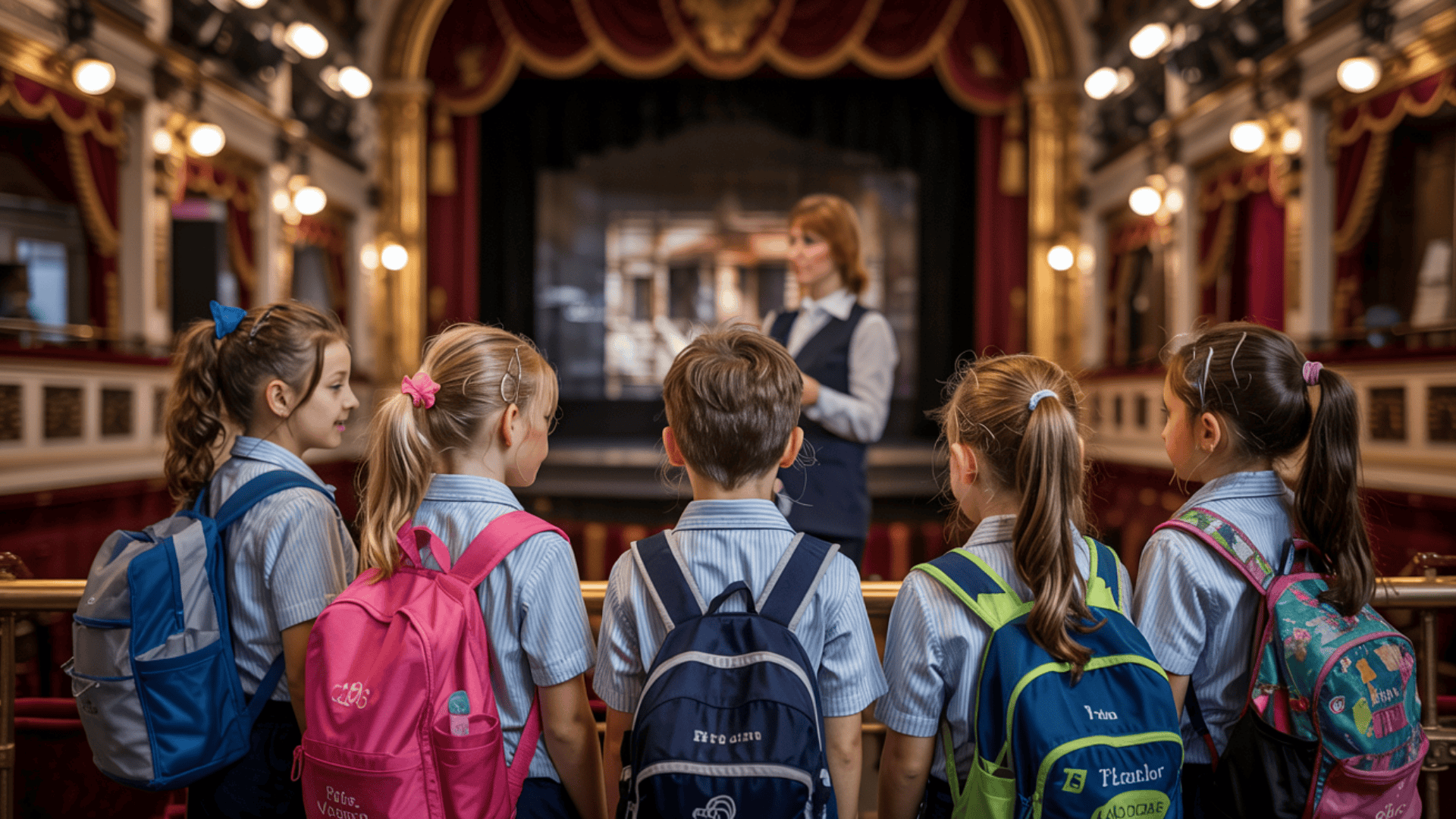
The hushed excitement as theater lights dim. The goosebumps from live music vibrating through the concert hall. These emotional responses create powerful memory anchors.
Cultural field trips help students:
- Experience traditions different from their own
- Understand how art expresses human emotions
- See how stories come alive through different media
The most successful arts trips include hands-on elements—trying instruments after a symphony visit or participating in an improv workshop after watching performers.
Local, Low-Cost, and Virtual Ideas for Every Budget
Tight school budgets shouldn’t limit amazing learning opportunities! Some of the most meaningful educational trips happen close to home and won’t break the bank. These wallet-friendly options often create the deepest connections to community and curriculum.
Hidden Gems in Your Own Backyard
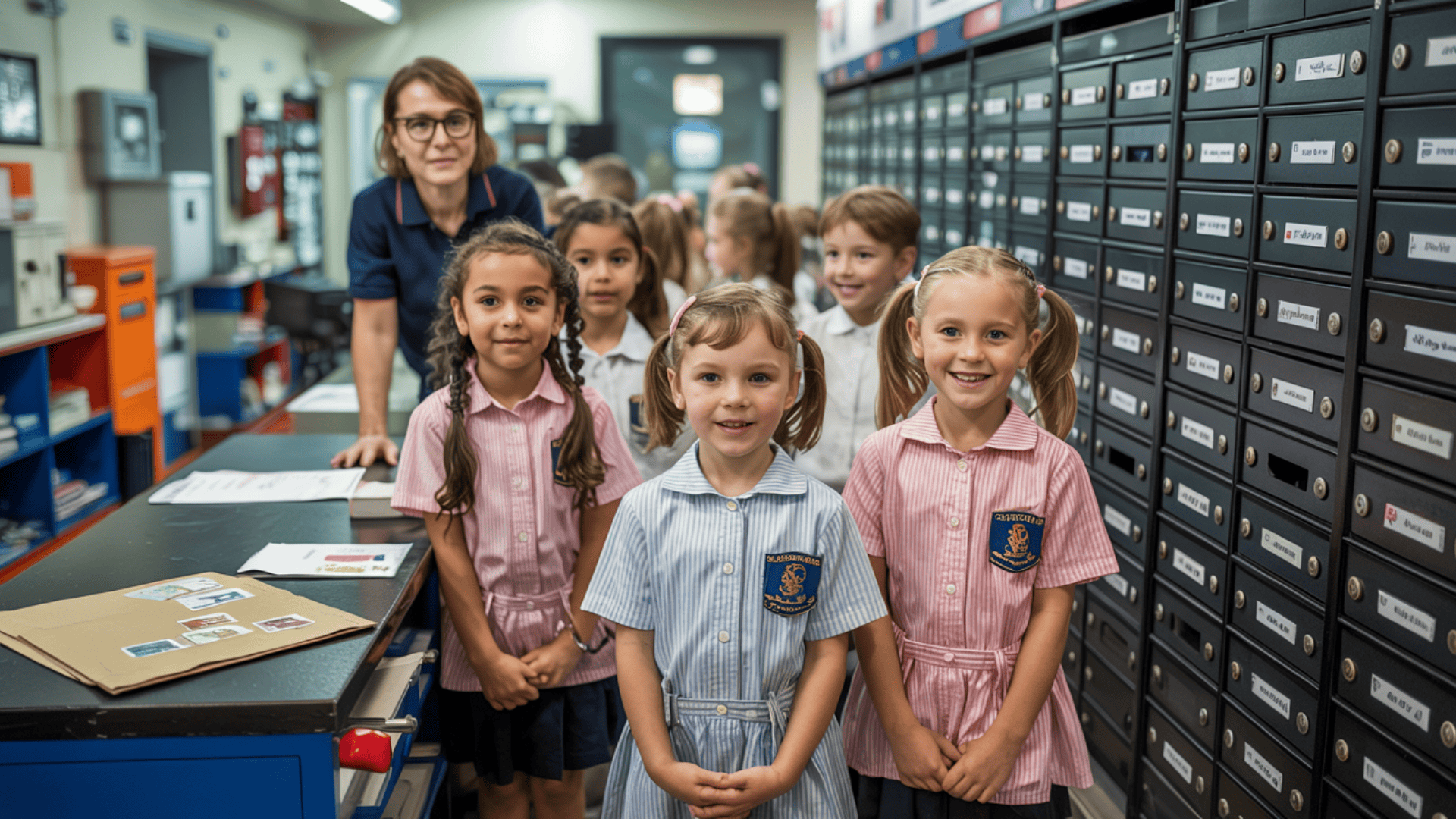
The local fire station tour might seem simple, but it becomes magical when students try on real gear and learn how math helps firefighters calculate water pressure.
| LOCATION | LEARNING FOCUS | COST | BONUS TIP |
|---|---|---|---|
| Fire Station | Safety, Community Helpers | Free | Call ahead for a truck demonstration |
| Post Office | Mail Systems, Careers | Free | Visit during the holiday season to see sorting in action |
| Grocery Store | Nutrition, Economics, Math | Free | Ask for a behind-the-scenes look at delivery systems |
| Local Creek | Ecosystems, Water Testing | Free | Partner with environmental groups for testing kits |
| Courthouse | Civic Education, Government | Free | Arrange to meet a judge or watch appropriate proceedings |
Virtual Trips Without Travel Hassles

When the eighth-grade class couldn’t afford their Washington D.C. trip, Ms. Rodriguez brought the capital to them through virtual tours.
Today’s virtual field trips take students places buses simply can’t go:
- Swim alongside whales through National Geographic’s ocean footage
- Explore Mars’s surface using NASA’s rover imagery
- Watch live webcams of animals in their natural habitats worldwide
Many museums now offer free virtual classroom experiences with real guides who answer student questions in real time—perfect for classes studying specific topics.
Community Connections That Cost Nothing
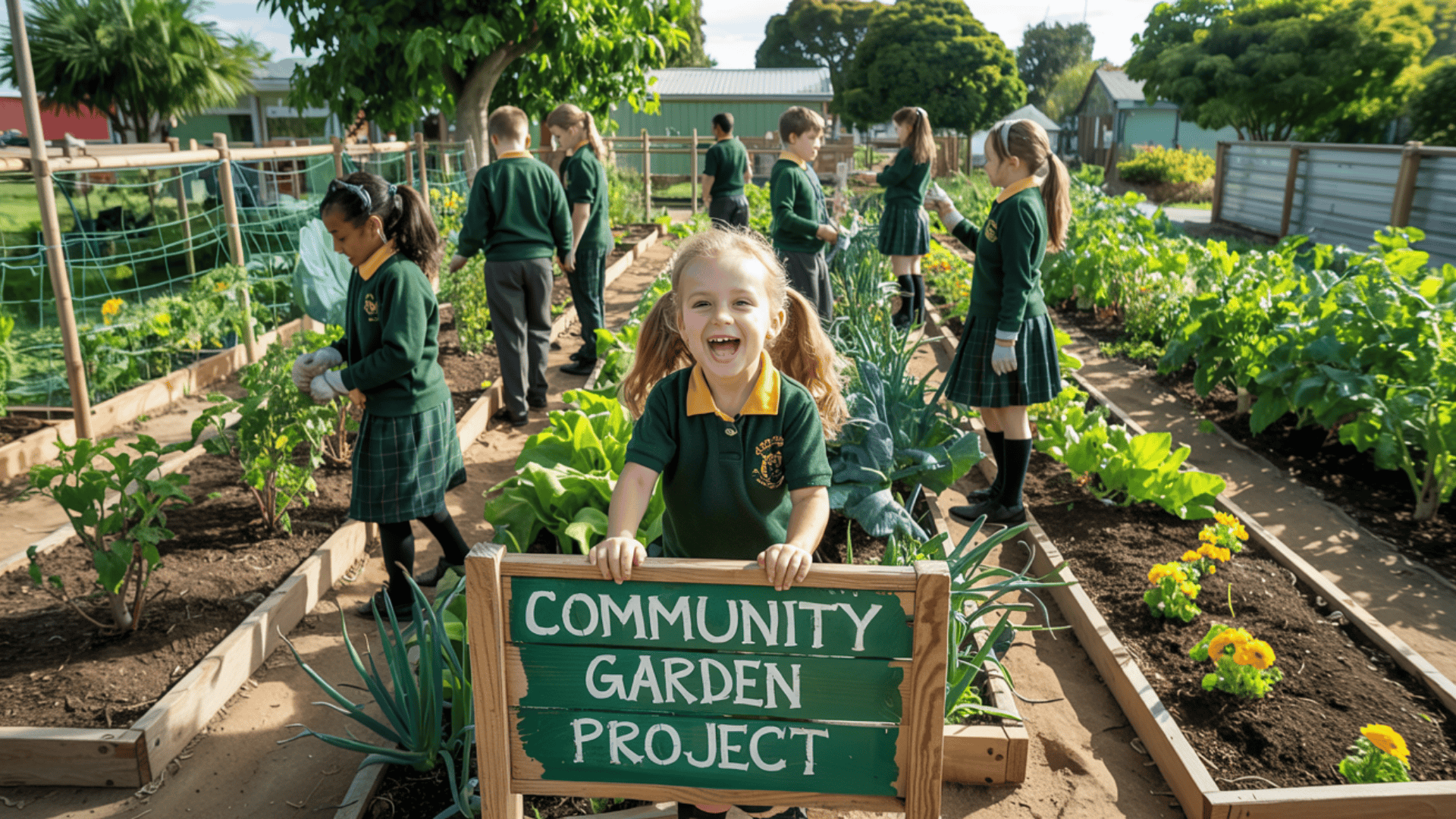
“The day we spent helping at the animal shelter taught my students more about responsibility than a month of classroom lessons,” shares third-grade teacher Mr. Washington.
Service-learning trips create two-way benefits:
- Students gain real-world skills while helping community gardens grow food
- Visiting senior centers for oral history interviews brings history alive
- Local business “shadowing” shows different career paths firsthand
Smart Saving Strategies For Bigger Quests

When bigger trips are necessary, savvy teachers use these money-saving tricks:
- Schedule visits during free museum days (usually one day monthly)
- Ask your local library about educational institution passes they loan out
- Visit popular destinations during off-peak seasons for group discounts
Planning Tips: From Idea to Execution Without the Stress
Let’s face it—even the most amazing field trip can turn into a headache if the planning falls apart. But with the right approach, you can skip the stress and focus on the fun! Here’s how to take your field trip from bright idea to brilliant memory without losing your mind along the way.
- Plan with purpose, not panic: Start your planning at least 8-12 weeks before the big day. Match the trip to your teaching goals so it feels like a natural extension of classroom learning, not a random day out. Create a master folder (digital or physical) with checklists, permission forms, and emergency contacts.
- Prepare both people and paperwork: Brief your students with a 10-minute preview activity the day before to dramatically improve behavior and engagement. Be specific when assigning roles to parent volunteers. Don’t forget your teacher survival kit: portable phone charger, band-aids, extra snacks, and student medical information.
- Make memories stick beyond the trip: The learning doesn’t stop when the bus returns! Plan a simple follow-up activity for the next day while experiences are fresh. Even a quick “share your favorite moment” discussion helps cement the connections between the field trip and your curriculum goals.
Remember that even well-planned field trips have unexpected moments—that’s part of the trip! The goal isn’t flawless execution but creating meaningful experiences that students will remember long after those classroom worksheets are forgotten.
Best Practices by Grade Level (K-12 & Homeschoolers)
Different ages need different adventures! What thrills a six-year-old might bore a teenager, and what challenges a high schooler might overwhelm a younger child. Here’s how to match educational field trips to developmental stages for maximum impact.
1. Elementary School
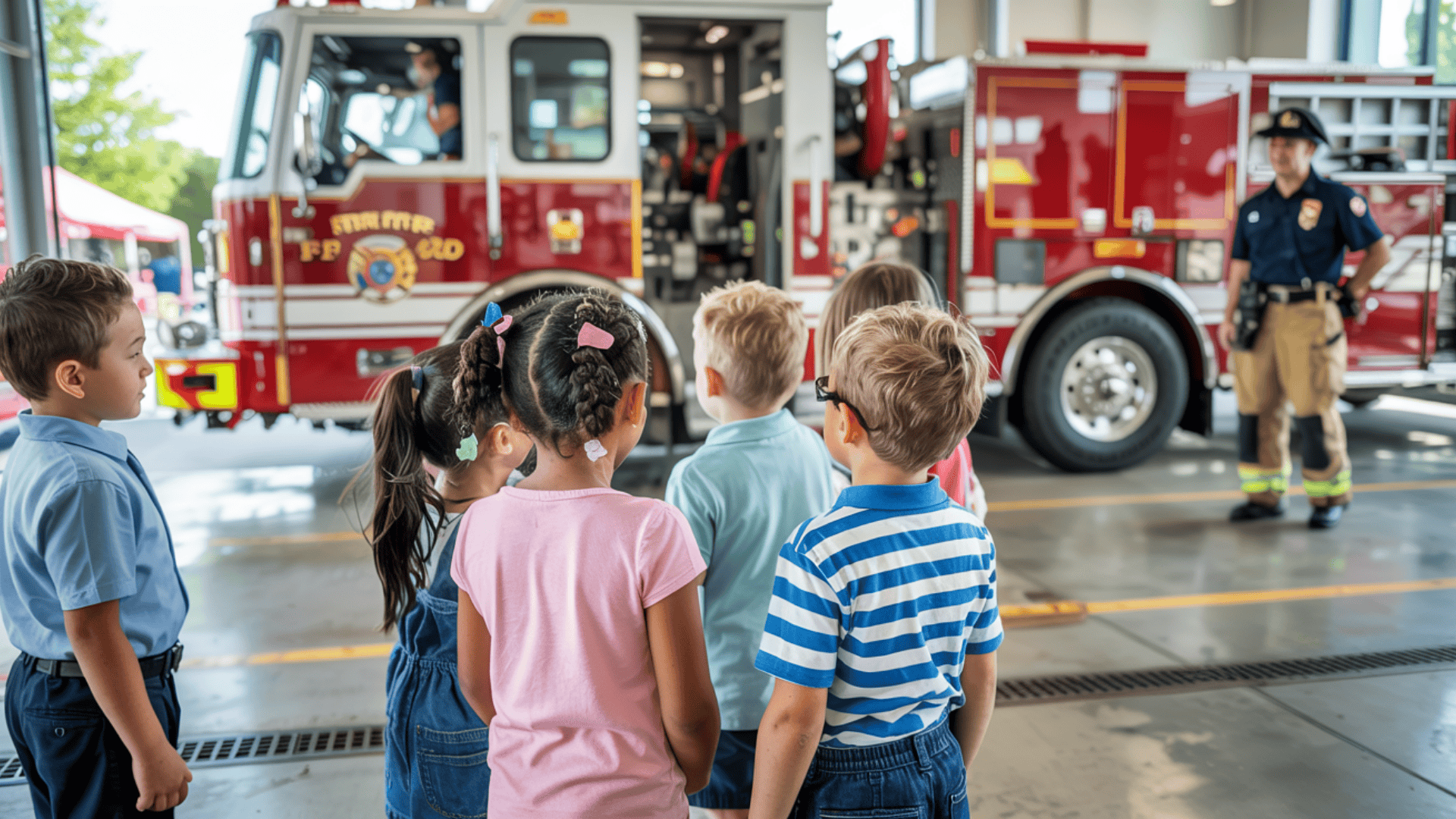
Quiz: What do a petting zoo, fire station, and children’s museum have in common?
Answer: They all let young learners touch, do, and directly experience what they’re learning!
Young minds thrive on sensory-rich experiences they can touch, smell, hear, and see. A first-grader who feeds a baby goat at a local farm will remember that moment—and the science behind it—far longer than any picture in a textbook.
Try This: Give young students a “Touch Passport” to stamp each time they interact with something new on the trip.
2. Middle School
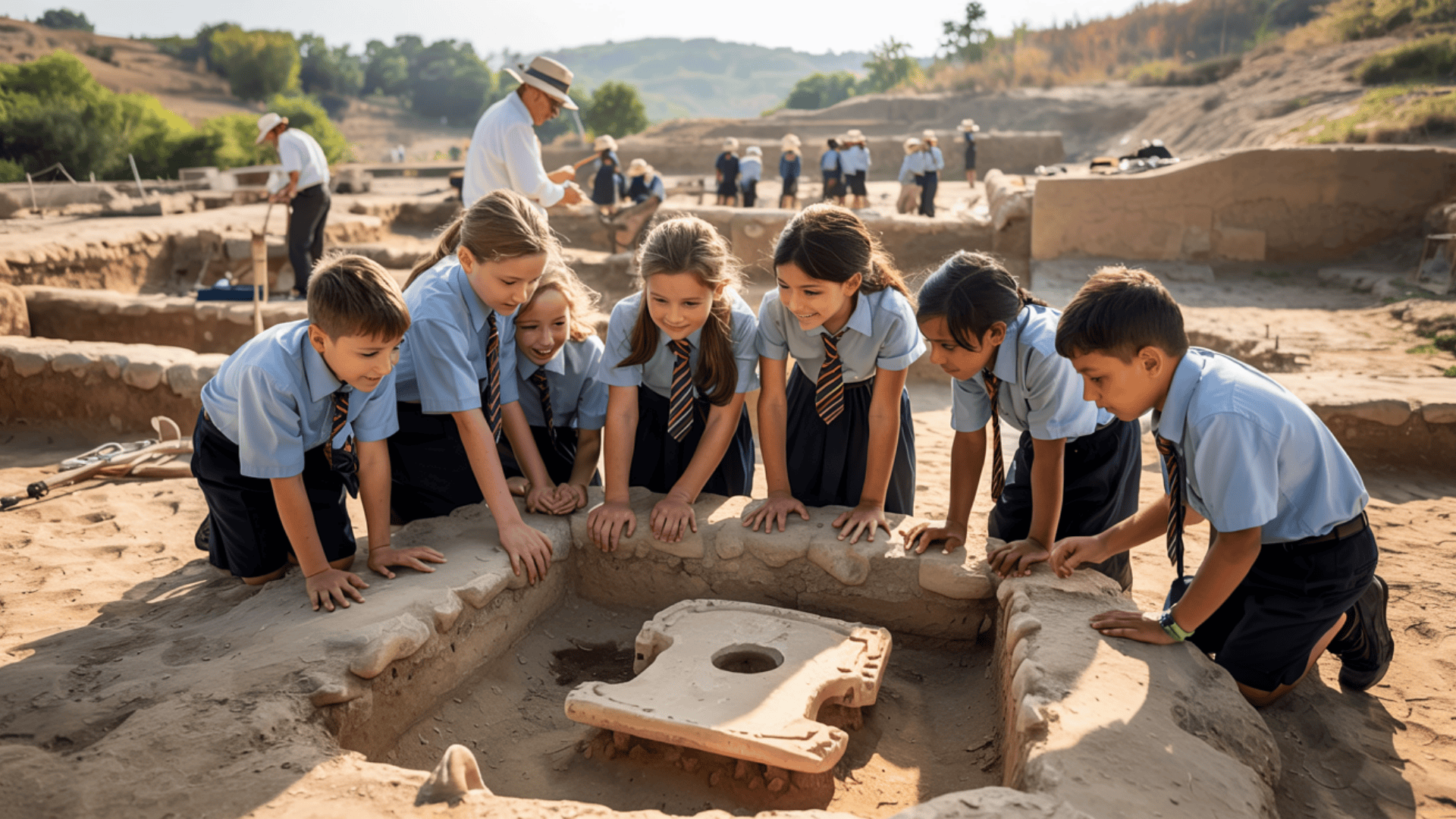
These in-between years call for trips with:
- Adult-level challenges
- Built-in movement
- Social interaction opportunities
City scavenger hunts work brilliantly—students navigate in small teams, solving clues while learning history or science concepts. Archaeological digs and wildlife tracking excursions satisfy that middle school craving for both adventure and importance.
Try This: Let middle schoolers help plan one aspect of the trip. Their ownership dramatically improves engagement.
3. High School

What if your economics class:
- Ran the school store for a week?
- Shadowed entrepreneurs at a small business incubator?
- Created marketing plans for local nonprofit organizations?
These experiences connect classroom theory to future possibilities. High schoolers need trips that answer their unspoken question: “When will I ever use this in real life?”
Try This: After college tours, visit nearby workplaces where degrees in action show students why higher education matters.
4. Homeschool Advantage
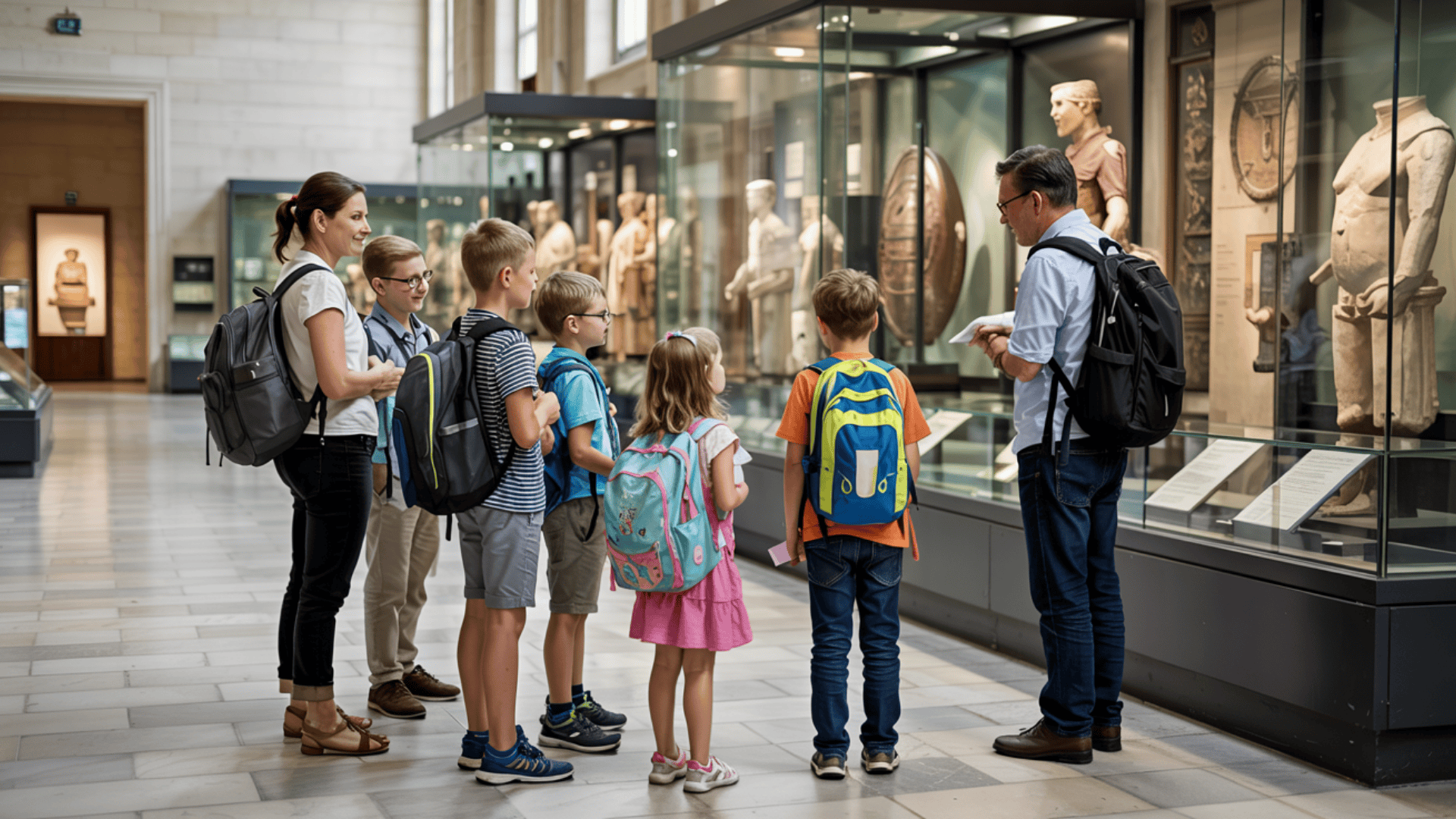
Homeschooling families can leverage flexible scheduling for educational gold: visiting busy locations during weekday off-hours with smaller crowds and more attentive staff.
Many museums and educational sites offer special homeschool days with tailored programs and group rates. Smart homeschool families build networks to share transportation costs and create social learning opportunities.
Common Pitfalls to Avoid When Planning Field Trips
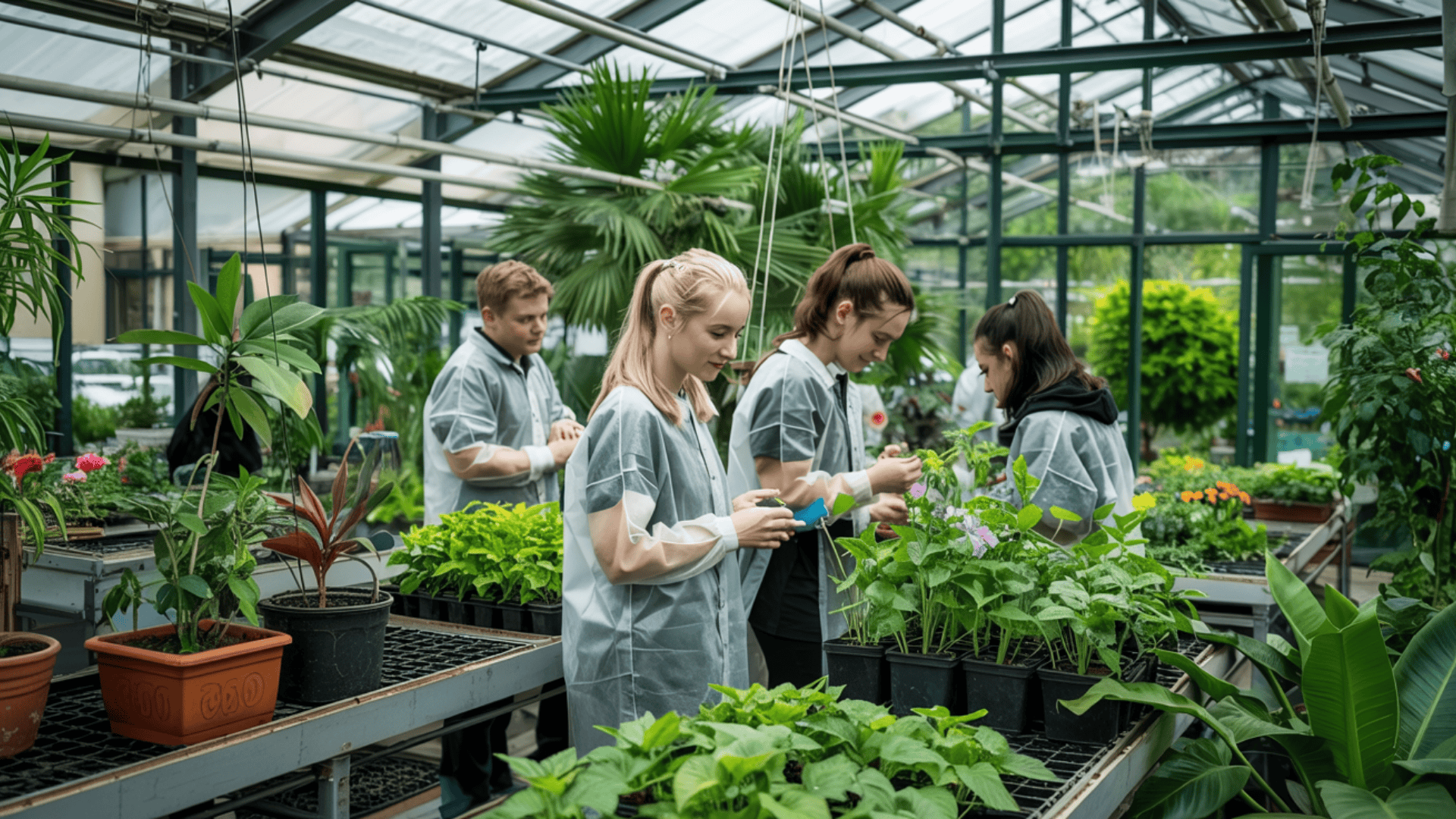
Don’t let your educational expedition fall flat! Sidestep these trip-wrecking traps that turn learning adventures into logistical nightmares.
1. Curriculum Mismatch Mayhem
Picking destinations with zero connection to classroom concepts? Recipe for disaster! Students need that “aha!” moment when textbook theories spring to life before their eyes. Choose locations that reinforce—not confuse—what you’ve been teaching all along.
2. Logistics Landmines
Weather wildcards, transportation troubles, accessibility afterthoughts—these sneaky saboteurs lurk in the shadows of every field trip plan. Spot them early, or pay the price later! Create a bulletproof checklist that accounts for Plan B (and C) when Mother Nature or mechanical breakdowns threaten your carefully orchestrated outing.
3. The Pre/Post Participation Gap
Launching students into field experiences without proper runway or landing strip? Epic fail! The magic happens in the before-and-after connections that cement learning for good. Build anticipation with pre-trip activities and lock in knowledge with meaningful follow-up projects that transform one-day excursions into lasting educational impact.
4. Student Voice Vacuum
Silencing your ultimate stakeholders? Big mistake! When students help chart the course, their investment skyrockets—transforming passive passengers into active adventurers eager to traverse. Let their questions drive inquiry and their feedback shape future trips for maximum engagement and ownership.
5. Budget Blunders
Underestimating costs or overlooking hidden expenses is a fast track to field trip fiascos. From admission fees to emergency funds, smart budgeting prevents those painful “sorry, we can’t afford that” moments that deflate student excitement faster than a punctured balloon.
Wrapping It Up!
The yellow buses have returned, and backpacks are unpacked, but the learning? It’s just ignited. Educational field trips aren’t merely day-long diversions—they’re curriculum rocket fuel that propels understanding long after students return to their desks.
As you’ve unearthed, these expeditions create those priceless “lightbulb moments” where education transcends memorization and becomes true comprehension.
Don’t wait for the perfect opportunity—create it. Start planning your next educational tour today, knowing you’re not just teaching standards but igniting passions, building memories, and developing future leaders.
When Monday morning arrives and students burst through your door buzzing with connections and questions, you’ll know that the field trip wasn’t just time well spent—it was an investment in learning that will compound for years to come.




